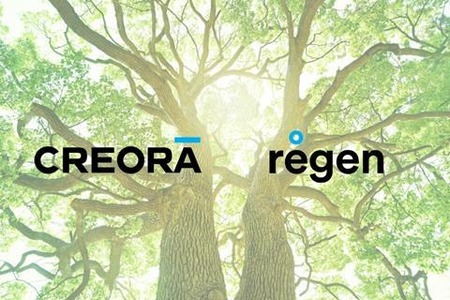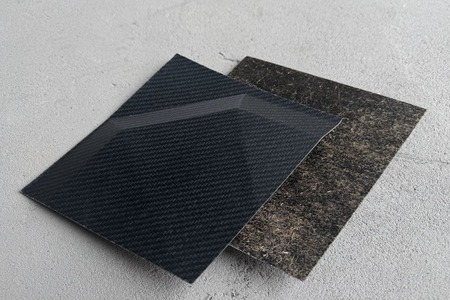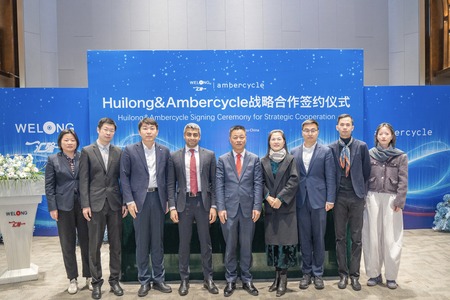
LCA emphasizes need for recycling
YarnsandFibers News Bureau 2023-01-30 17:01:51 – United KingdomA new life-cycle assessment (LCA) commissioned by the European textile reuse and recycling industry has validated the significant CO2 and water savings of reusing textiles compared to producing new garments.
Even when taking into consideration global exports for reuse, which include transportation emissions, the environmental impact of reusing textiles is 70 times lower.
More specifically, the study shows that each high/medium-quality article of clothing that is reused saves a considerable 3kg of CO2, while only requiring a meager 0.01% of the water necessary to make new clothing. These findings follow the EU's recent publication of its Strategy for Sustainable Textiles and its demands that by 2025, member states begin collecting textiles separately.
While the analysis supports the waste hierarchy assumptions that recycling provides comparative environmental advantages over reuse for low-quality apparel, which is often made completely of polyester, recycling also has advantages for the environment when consumers are less inclined to buy used clothing.
Mariska Boer, president of EuRIC, the European Recycling Industries Confederation, which has its headquarters in Brussels, said that unfortunately, about 62% of used clothes and textiles wind up in domestic waste, meaning quality textiles are likely to be burnt or landfilled. The circular textile value chain, which the European textile reuse and recycling sector envision, allows for the best possible reuse and/or recycling of every article of clothing. This study supports the possibility of a global industry for textile recycling and reuses to address the growing problem of low-quality, non-reusable clothes.
The study also offers politicians advice, urging them to take action to speed up worldwide investments in cutting-edge textile recycling facilities. As the amount of non-reusable clothing is expected to rise significantly, innovation in fibre-to-fibre recycling will be essential to keeping textile fibers in the loop. The study also emphasizes the significance of eco-design standards that lengthen the time before clothing needs to be recycled and regulations that require meticulous sorting of high/medium-quality and low-quality fabrics.
Market Intelligence
Ask for free sample Report

experience
Customer Base
dedicated team
Countries Served Worldwide









